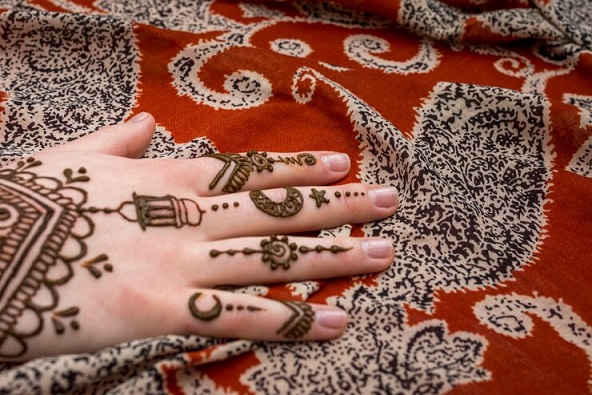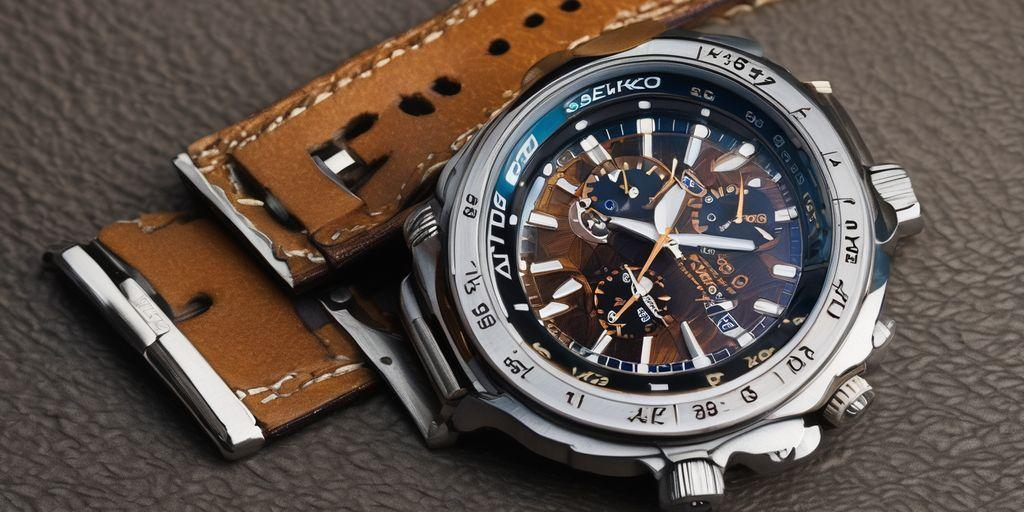In the realm of textile artistry, Persian carpets stand out as masterpieces of unparalleled intricacy and beauty. For centuries, these carpets have adorned floors and walls, captivating admirers with their elaborate designs and rich symbolism. Beyond their aesthetic appeal, Persian carpets serve as repositories of cultural heritage, weaving stories and messages that reflect the values, beliefs, and histories of the people who create them. In this article, we delve into the captivating world of Persian carpets, exploring the hidden meanings and messages embedded within their intricate designs.
At first glance, the intricate patterns adorning Persian carpets may appear purely decorative. However, upon closer inspection, one discovers a rich tapestry of symbolism and meaning. These designs often draw inspiration from nature, mythology, religion, and geometry, reflecting the cultural and spiritual beliefs of the artisans who create them.
One of the most iconic motifs found in Persian carpets is the “boteh” or paisley, a teardrop-shaped motif symbolizing fertility, eternity, and life. Originating from ancient Persia, the boteh motif has endured through the ages, serving as a timeless symbol of abundance and vitality.
In addition to the boteh, Persian carpets feature a plethora of other motifs, each carrying its own significance. Floral motifs, such as the lotus and rose, symbolize beauty, purity, and love, while geometric patterns represent order, harmony, and balance. Animal motifs, such as birds and lions, convey qualities such as strength, freedom, and courage.
Beyond individual motifs, the overall layout and composition of a Persian carpet also hold symbolic significance. Carpets may be divided into distinct sections, each representing different aspects of life or the cosmos. For example, a central medallion surrounded by intricate borders may symbolize the universe, with each element contributing to the cosmic harmony.
Color plays a crucial role in conveying meaning within Persian carpets. Different hues evoke specific emotions and associations, with red symbolizing passion and vitality, blue representing tranquility and spirituality, and green signifying growth and renewal. The juxtaposition of colors within a carpet can create dynamic visual narratives, imbuing the piece with depth and complexity.
Beyond their aesthetic and symbolic value, Persian carpets serve practical purposes as well. Historically, carpets were used not only as decorative floor coverings but also as items of prestige and status. In Persian culture, the act of gifting a carpet carries deep significance, symbolizing friendship, hospitality, and goodwill.
Today, Persian carpets continue to be prized for their beauty, craftsmanship, and cultural significance. While modern manufacturing techniques have made carpets more accessible, traditional handwoven carpets remain highly sought after for their authenticity and artistry.
In conclusion, Persian carpets are not merely decorative artifacts but repositories of cultural heritage and symbolism. Through their intricate designs and motifs, these carpets convey profound messages about life, nature, and the human experience. Whether adorning the floors of palaces or the homes of ordinary individuals, Persian carpets serve as timeless reminders of the enduring beauty and complexity of Persian culture.






